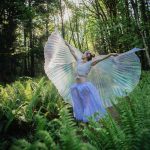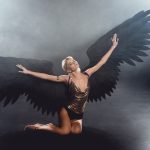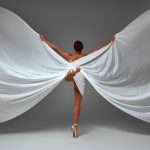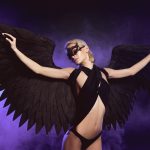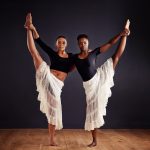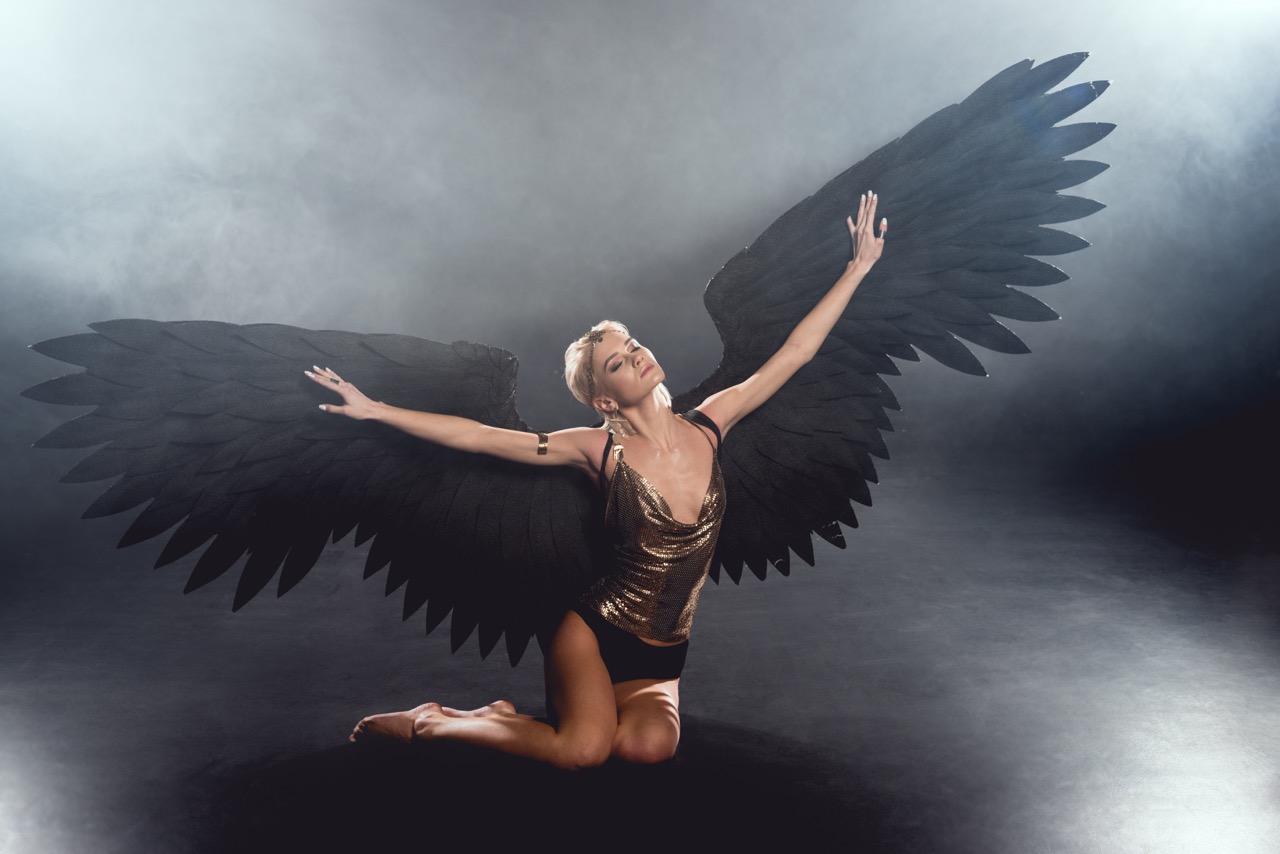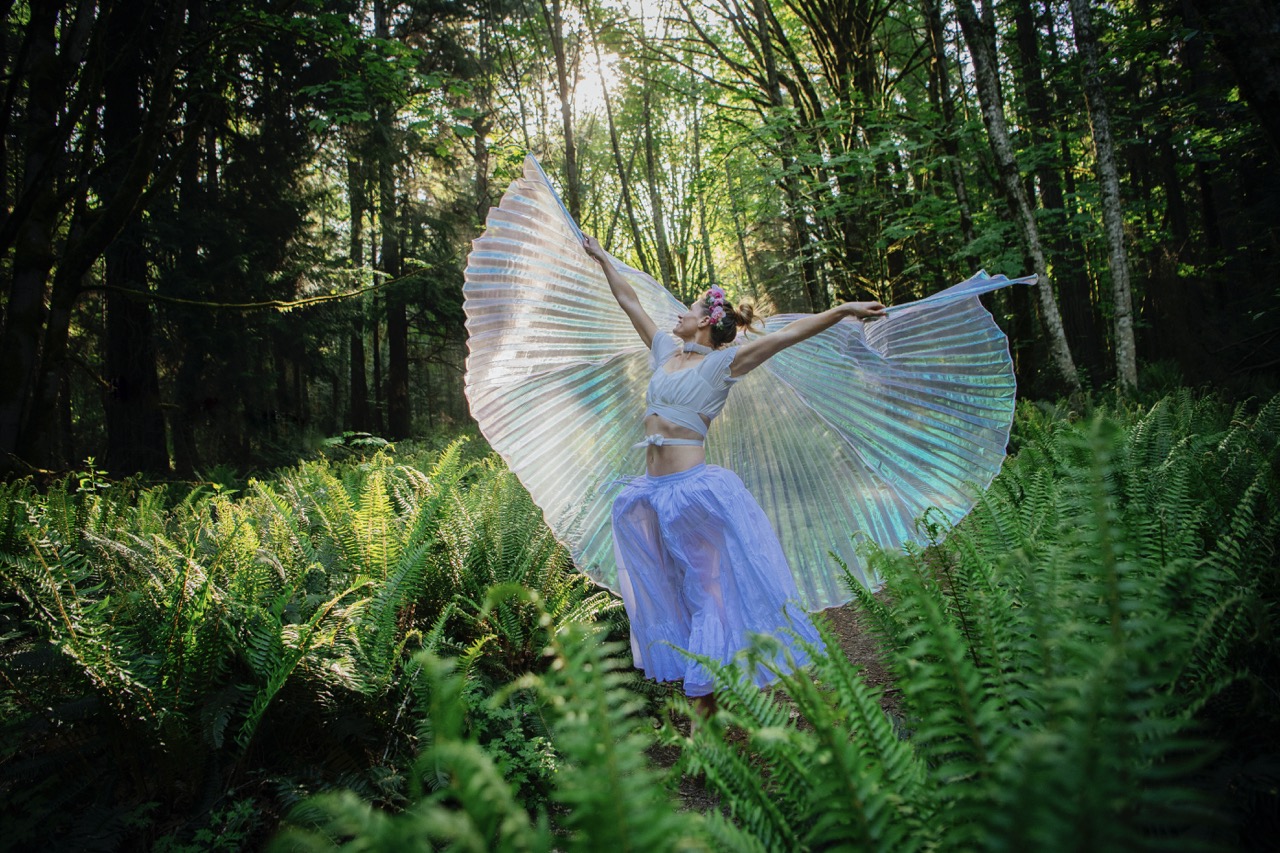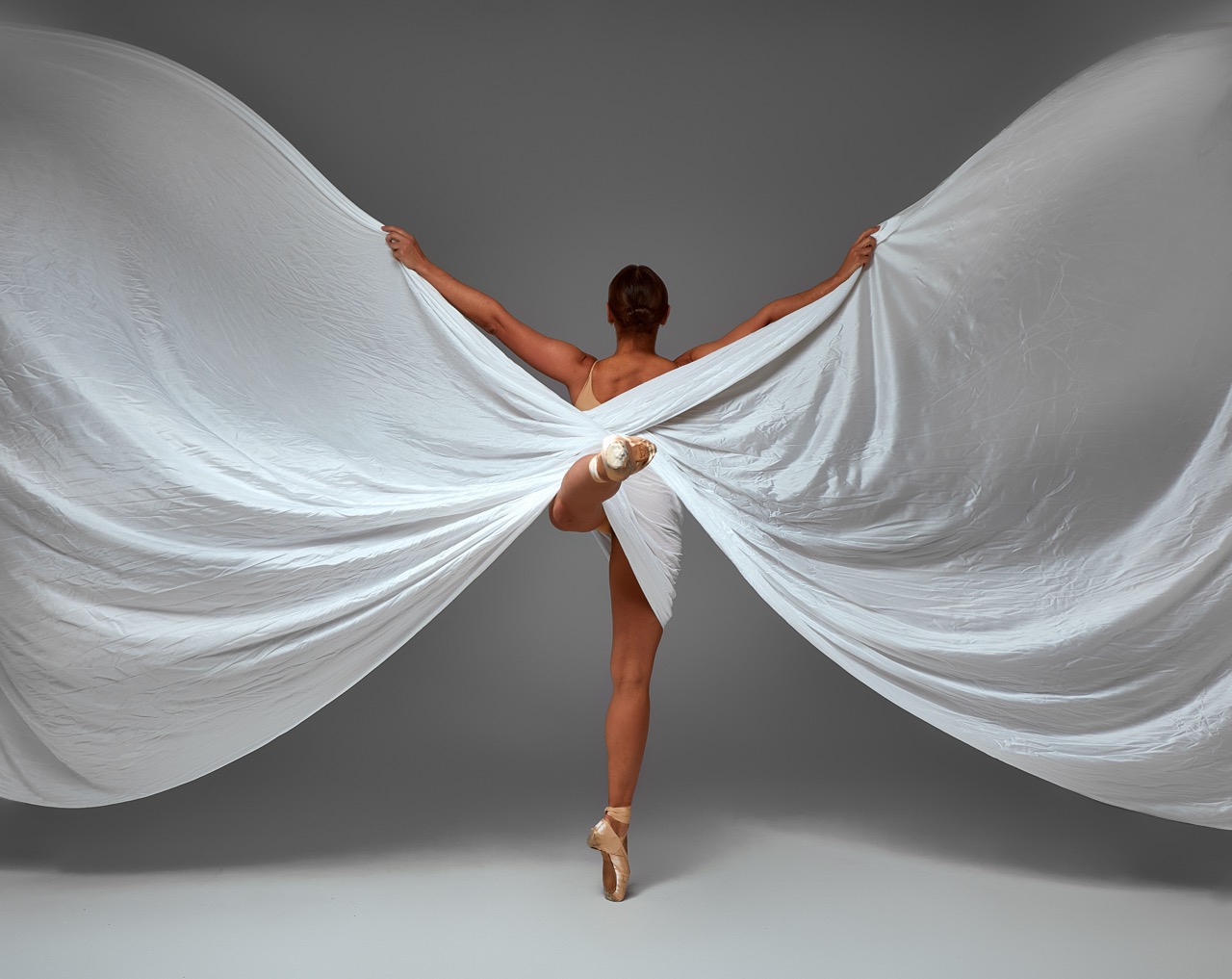In the vibrant world of dance, the visual spectacle is just as pivotal as the performance itself. Dance wear transcends mere functionality; it becomes an integral part of storytelling, emotion, and character portrayal. Fantasy themes—rooted in myths, legends, and dreams—infuse dance fashion with enchanting aesthetics, transforming dance attire from practical clothing into magical costumes that captivate audiences. This article delves into the influence of fantasy themes on dance wing fashion, exploring the enchanting aesthetics, the evolution of dance fashion, the whimsical wardrobes created, and the broader cultural impact of these imaginative styles.
Enchanting Aesthetics: Fantasy Themes in Dance Wear Design
The foundation of fantasy-themed dance wear lies in its enchanting aesthetics. Designers often draw inspiration from a myriad of sources—classic fairy tales, mystical creatures, and even celestial bodies—to create garments that evoke wonder and whimsy. Rich fabrics adorned with intricate embellishments, ethereal tulle, and shimmering sequins transport dancers and audiences alike into a realm of imagination. The use of color plays a critical role, where pastel hues might evoke the innocence of a fairy-tale princess, while bold, dark shades can embody the mystery of a sorceress casting a spell.
Moreover, the silhouettes and cuts of these garments are carefully crafted to amplify the dancer’s movements. Flowing capes, dramatic sleeves, and layered skirts enhance the visual narrative, allowing the dancer to embody their character fully. This thoughtful design approach is not only about aesthetics but also about creating a transformative experience, where the dancer becomes an extension of the fantasy being portrayed. The aesthetic choices in fantasy-themed dance wear are thus a deliberate balance of beauty, functionality, and storytelling.
Additionally, the incorporation of fantasy elements allows for a unique interaction between the dancer and their audience. Every twirl, leap, and gesture becomes infused with a narrative that resonates on a deeper emotional level. Whether it’s the soft flutter of a fairy’s wings or the fierce stance of a mythical beast, the enchanting aesthetics of dance wear invite audiences to suspend disbelief and immerse themselves in a world of dreams—a testament to the power of fashion in the realm of performance art.
From Fairytales to Stage: The Evolution of Dance Fashion
Dance fashion has undergone a remarkable transformation from its early origins to the modern stage, evolving alongside cultural shifts and artistic movements. In earlier periods, dance wear was primarily functional, reflecting the practical needs of performance. However, as the theatrical arts flourished, particularly during the Romantic era, the embrace of fantasy themes began to emerge. Dancers adorned in flowing skirts and delicate bodices offered a visual representation of mythical characters, laying the groundwork for the rich tapestry of dance fashion we celebrate today.
The 20th century ushered in a new wave of creativity, where avant-garde designers began to experiment with unconventional materials and styles. Fantasy themes became even more pronounced, reflecting influences from literature, art, and popular culture. For instance, the ballet "Coppélia," with its whimsical doll-like characters, showcased how dance wear could embody a narrative while mesmerizing audiences with its beauty. This period marked a pivotal moment where dance fashion began to be viewed as an art form in its own right, leading to collaborations between choreographers and fashion designers that continue to thrive today.
In recent years, the rise of digital technology and social media has further propelled the evolution of dance fashion. Platforms like Instagram allow for real-time sharing of choreographed performances, pushing designers to innovate continuously. Dance wear now often features elements like LED lighting, augmented reality effects, and sustainable fabrics, merging fantasy with modernity. This evolution reflects not only a change in aesthetic preferences but also the industry’s recognition of dance fashion as a vital aspect of the performance experience, bridging the gap between fantasy and reality on stage.
Whimsical Wardrobes: How Fantasy Shapes Dance Identity
The whimsical wardrobes crafted around fantasy themes play a significant role in shaping a dancer’s identity. Through their costumes, dancers can explore different facets of themselves, embodying characters that resonate with their personal narratives or aspirations. When donning a costume inspired by fantasy, dancers often report feeling a surge of confidence and a deeper connection to their artistry. This transformation is not merely superficial; it allows dancers to break free from their everyday selves and step into roles that empower them to express complex emotions and stories.
Moreover, these fantastical costumes foster a sense of community within the dance world. Group performances featuring thematic wardrobes create a collective identity, uniting dancers as they bring to life shared narratives. Events like dance competitions or recitals often feature elaborate costumes that reflect a cohesive vision, allowing dancers to be part of something larger than themselves. This shared experience taps into the universal appeal of fantasy, making the dance floor a space for collaboration, creativity, and camaraderie.
Lastly, the influence of fantasy themes in dance wear extends to the audience, who may identify with the characters portrayed on stage. This connection can inspire viewers and foster a sense of belonging within the dance community. When audiences see dancers in whimsical wardrobes, they are invited into a world of imagination where anything is possible. This interaction between costume, character, and audience creates a rich tapestry of identity that transcends individual performance, celebrating the collective power of dance to inspire and uplift.
Beyond the Dance Floor: The Cultural Impact of Fantasy Fashion
The cultural impact of fantasy fashion in dance extends far beyond the confines of the stage, influencing various aspects of society and popular culture. The imagery associated with fantasy-themed dance wear often seeps into mainstream fashion, inspiring designers across the globe. Elements such as billowing skirts, vibrant colors, and fantastical motifs can be seen on runways, in everyday clothing, and even in haute couture collections. This cross-pollination of dance fashion and mainstream style underscores the pervasive influence of dance as an art form that captivates the imagination.
Additionally, fantasy fashion in dance plays a significant role in shaping cultural narratives and societal perspectives. Dance performances that incorporate fantasy themes often address complex issues—identity, empowerment, and transformation—prompting audiences to reflect on their own lives and experiences. This narrative power, amplified by the captivating aesthetics of fantasy costumes, can lead to broader conversations about inclusivity, representation, and the significance of storytelling in our shared cultural landscape. The impact is profound, as dance becomes a medium for social commentary and personal expression.
Furthermore, as the global dance community continues to embrace fantasy themes, it cultivates a sense of belonging among diverse audiences. Dance performances that celebrate fantastical narratives become sites of cultural exchange and dialogue, reflecting varied traditions and stories from around the world. This shared appreciation for the whimsy and magic of fantasy fashion fosters connections across cultures, encouraging collaboration and creativity that enrich the dance community. In this way, the influence of fantasy themes in dance wing fashion extends its reach, becoming a catalyst for cultural understanding and artistic exploration.
The influence of fantasy themes on dance wing fashion is a captivating interplay of aesthetics, identity, and cultural impact. As dance continues to evolve, the enchanting designs rooted in fantasy will undoubtedly remain at the forefront of this artistic expression. By embracing the whimsical and the imaginative, both dancers and audiences can explore the power of storytelling through movement and fashion. As we look to the future, it is clear that the dance floor will continue to be a canvas for creativity, where the realms of fantasy and reality beautifully intertwine.
